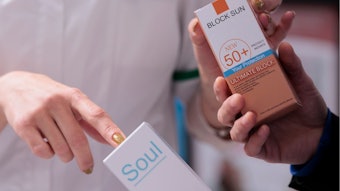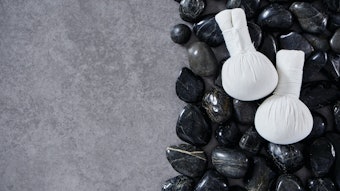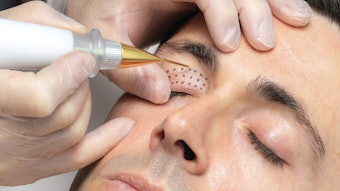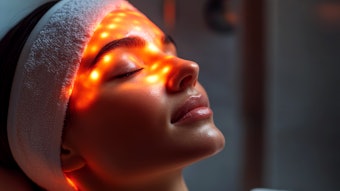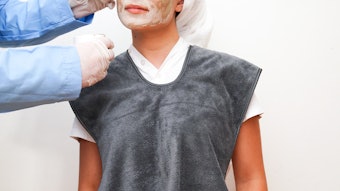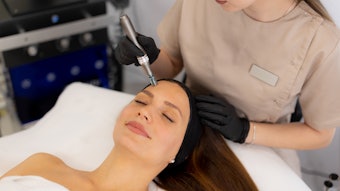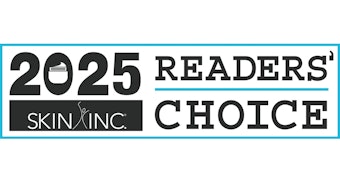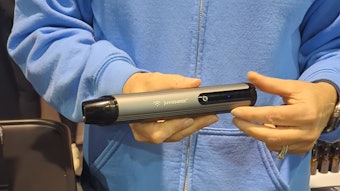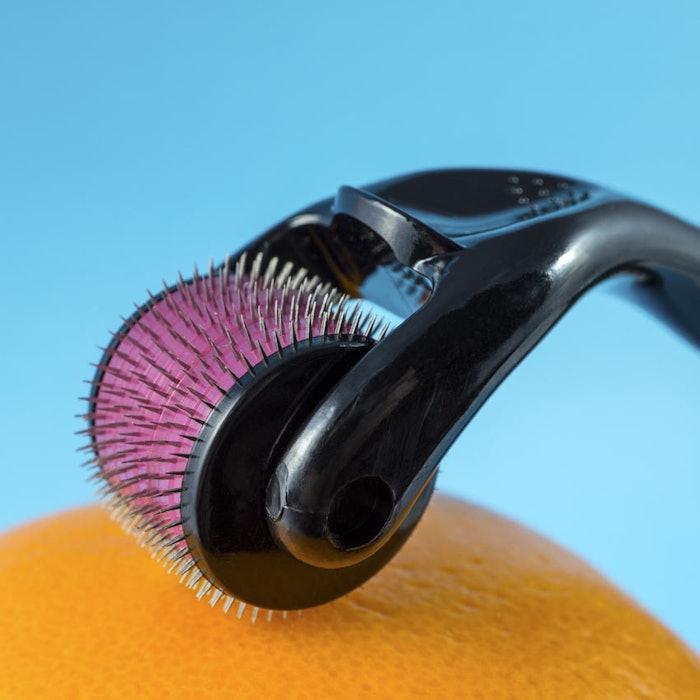
Microneedling is a procedure that was originally developed to create a wound response in the skin to stimulate collagen production, hence the term collagen induction therapy (CIT). Before this column discusses the regulation surrounding it, we will first look into its history.
History of Microneedling
In the 1900s, the most commonly used treatments were traditionally deep peels such as phenol and dermabrasion, a procedure utilizing a whisk-like device to remove layers of the skin.In the 1980s, CO2 resurfacing became and effective and popular treatment. Unfortunately, these all led to a recovery period of about 6-8 weeks and had a high chance of complications. Needling was originally used by facial plastic surgeons and dermatologists before it started being used by those out of the medical field. Needling is meant to illicit a wound response like the previously mentioned treatments, but it is much safer.
Needling is meant to illicit a wound response like CO2 resurfacing and deep peels, but it is much safer.
Needling isn’t removing layers of skin like other treatments that could actually created a wound to get a response. Needling started with the use of individual needles, which later evolved to be a stamp-like device, a roller and a mechanical pen in 2010. Both the rollers and the mechanical devices are still used to date. Microneedling is a great, effective procedure when expectations are realistic and it used in the right hands.
Needling Depths and Classification
Microneedling treatments can be performed at varying levels. Superficial needing starts at 0.1 mm, which only affects the epidermis. In contract, deep needling can reach up to 3.0 mm, which is the reticular dermis.
Cosmetic needling is used between .1mm to .3mm to create a series of microscopic channels in the superficial epidermis allowing products to penetrate more effectively. Medical needling for skin rejuvenation including fine lines and wrinkles is typically .5mm- 1.5mm. This is where the practitioner’s clinical endpoint is pinpoint bleeding. Surgical needling, a more aggressive approach, is using needle depths anywhere from 1.5mm- 3 mm. This method should be performed by a medical professional in a sterile environment. It is most often used for deep acne scarring, severe photo-damage, deep wrinkles, stretch marks and scarring.
What are the FDA Regulations?
The U.S. Food and Drug Administration (FDA) has designated any instrument with needles longer than 0.3 mm a Class II or III medical device and must be cleared as a medical device. If a device has needles less than 0.3mm and follows FDA regulations by not making medical claims, it can be by estheticians, as well as clients. Therefore, it is extremely important to understand exactly what microneedling is, the difference between cosmetic, medical, and surgical, as well as describing the benefits in a way that does not make it appear as a medical procedure. Any claims about rebuilding collagen and elastin, removing wrinkles, and/or remodeling scars could cause concern to the FDA. Simply stating that the cosmetic rollers can benefit or improve the appearance of the skin is the best path to take.
Simply stating that the cosmetic rollers can benefit or improve the appearance of the skin is the best path to take.
Many companies will say that their medical needling device is FDA registered, which has nothing to do with it being cleared for any specific indication. The FDA requires approval for any medical claims, which is why some of the device companies have been shut down for false advertisement. Although there are many clinical trials as to the benefits of needling, in the United States none of the needling devices have been cleared for medical purposes as of yet.
Regulations for Use
The mechanical pens penetrated the market quickly, but there were no clear regulations on who could perform them and who couldn’t. In a 2014 survey of 50 states conducted by Dermaconcepts, 46 states responded. Every single response indicated that it is illegal for estheticians to use any instrument that has needles that can pass the stratum corneum or use devices and instruments that run afoul of FDA regulations. As that sounds simple enough, it is still hard to determine who can provide microneedling procedures under the direct supervision of a physician, as regulations vary in every state. Some state regulatory boards allow certain medical procedures to be delegated as long as all requirements, including consultation with the overseeing physician, are met. Until the rollers and/or mechanical devices are cleared as a medical device, estheticians in particular should focus on cosmetic needling only.
Know The Boundaries
It is extremely important to understand exactly what microneedling is and the varying treatment options available. To help eliminate any confusion for your clients and set realistic expectations, you must be able to describe the benefits in a way that does not make medical claims. Cosmetic microneedling is an excellent non-invasive way to help the skin to appear more vibrant and reduce the appearance of fine lines and wrinkles with continued use.
There are several companies that are in the process of getting medical clearance for microneedling. It is a great procedure with significant results, as seen in clinical studies published from Dr. Des Fernandes, a pioneer in microneedling. Today, microneedling is a sought after procedure with many benefits, and I’m sure that will continue to grow as devices become approved for medical use. Estheticians need to be aware of what’s going on in the industry and understand the rules and regulations to treat clients.

